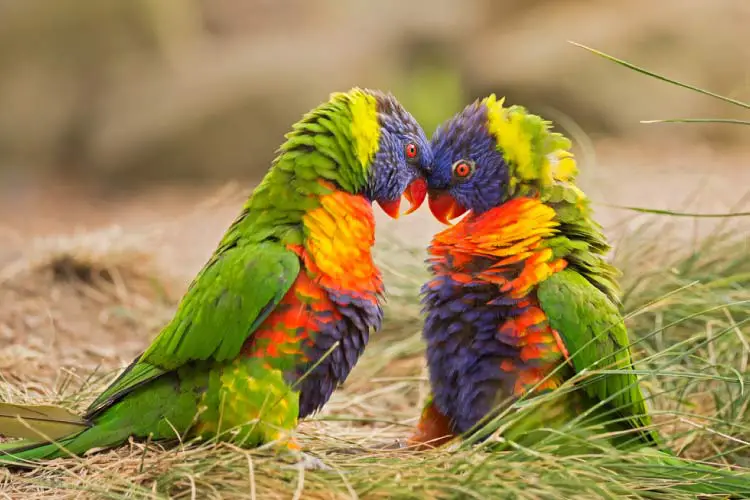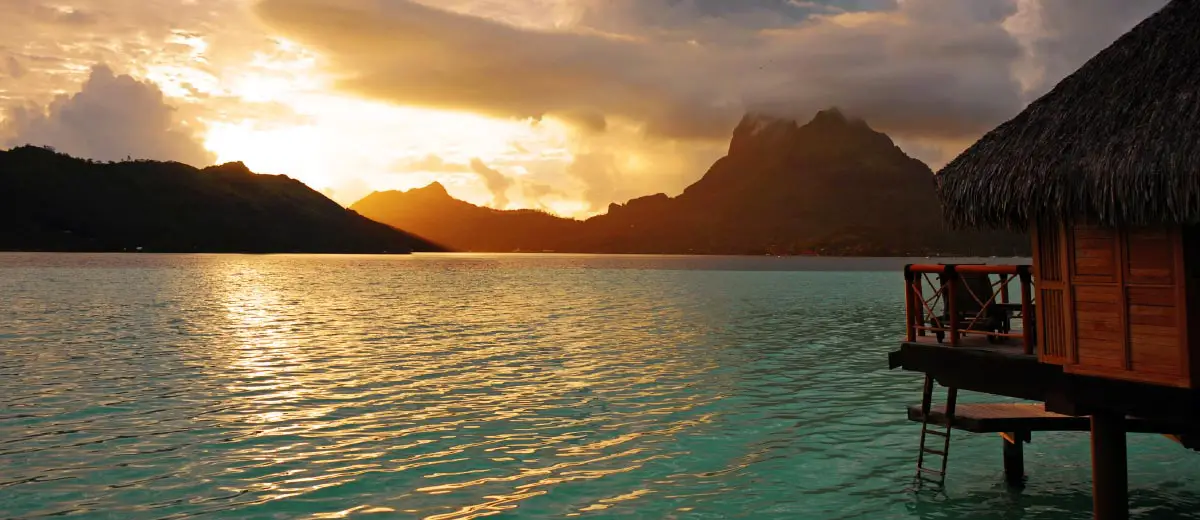South Pacific Islands
Home to some of the most ideal beach destinations known to man, the South Pacific Islands have recently experienced a surge of travellers seeking remote vistas and a relaxed pace of life. Some of these islands, such as Fiji or Tahiti, have been popular tourist destinations for a number of years, though many of the other islands are gaining popularity. Traditionally, the South Pacific Islands are divided into three sections. Melanesia is the westernmost section of the region, containing Fiji, Santa Cruz, and the Solomon Islands. The northern section is referred to as Micronesia, which refers to the small size of islands such as the Marshall Islands and Kiribati. Finally, Polynesia is a massive section containing the Easter Islands, Cook Islands, French Polynesia, and Samoa. Hawaii is also considered a part of Polynesia, though for the sake of this guide we won’t discuss Hawaii too often.
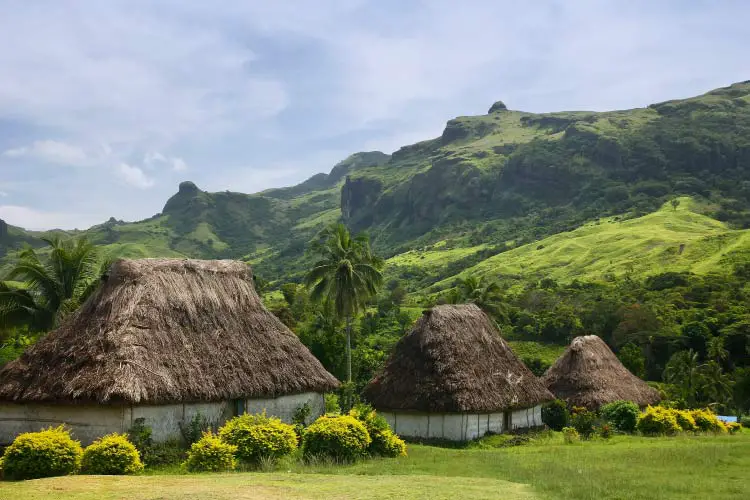
Because these islands are often minute and located in the middle of the Pacific Ocean, little is known about the early history of the South Pacific Islands. However, scholars do know that the Polynesian and Melanesian peoples were the first to settle these islands, with the oldest settlements dating back almost 5,000 years. The native peoples of these islands lived relatively undisturbed until the arrival of Europeans during the 17-19th centuries. The South Pacific Islands were typically ruled by Spanish, French, and English colonial powers, and remnants of European languages, cultures, and religious are still present in the region.
The South Pacific Islands also played a role in the latter part of WWII, where they formed the stage for conflict between the Allied forces and Japan. Today, the region is mostly autonomous and democratic, and most of the islands’ economies depend heavily on tourism. While this does mean that some of the more popular beaches and destinations might be crowded, many of the smaller islands are still quite remote, and travellers seeking undisturbed beaches should have no trouble finding beautiful destinations.
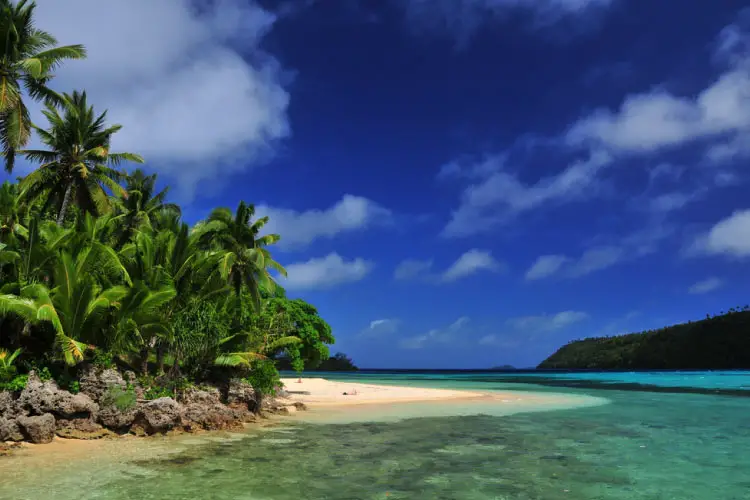
South Pacific Islands Highlights
Easter Island
One of the most famous islands in the South Pacific Island region is Easter Island. Chances are that readers have seen pictures of this island, or at least of the numerous monoliths (moai) established by the Rapa Nui peoples. For many years, the origins of these massive humanoid statues were a complete mystery. Though the origin story has begun to be pieced together, it is still mind-boggling to imagine how native peoples could have achieved such a massive creative and physical feat without the help of modern machinery. The largest moai weighs an astonishing 86 tones. In terms of historical and cultural content, few places on Earth are as mysterious or fascinating as Easter Island.
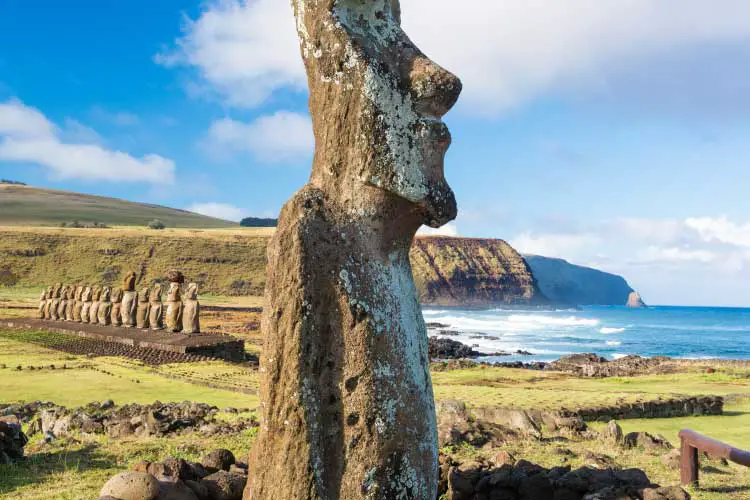
Volcanoes
Typically, the South Pacific Islands are divided into two classes: high and low islands. The low islands were formed from reefs and atolls, and they’re typically smaller, less fertile, and less populated. The high islands, on the other hand, were formed by volcanoes. These volcanoes are without a doubt one of the highlights of the region. More than 400 of these volcanoes are still considered active, though many of them are underwater. In particular, Melanesia is home to numerous volcanoes, and is fast becoming an ecotourism hotspot, with eco-tourists from around the world come to the region to investigate this unique ecosystem.
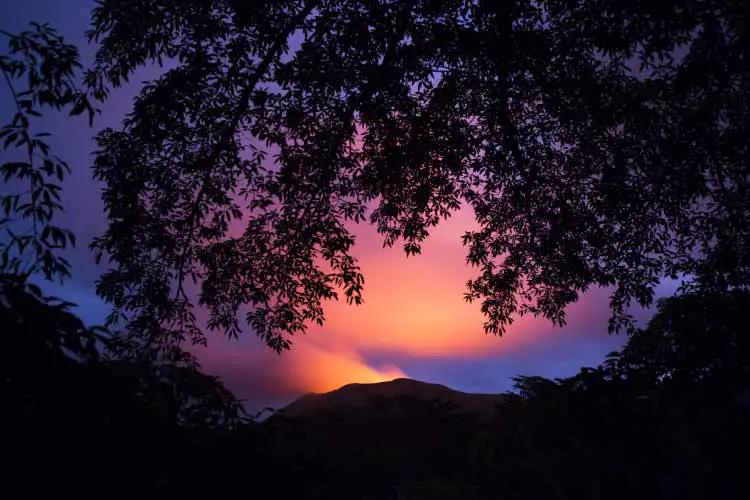
South Pacific Island Food
Being a series of islands, it’s hardly surprising that the traditional foods of the South Pacific islands are heavily based on the sea. Fish and seafood are quite popular in the region, as well as livestock-based dishes. The islands are also home to a variety of succulent tropical fruits, which are a staple in native diets. Interestingly, many islanders only cook one meal per day (typically towards the end of the day), but they purposefully cook more than they actually want to eat. They then eat the leftovers as snacks to keep themselves full and happy until cooking the next day’s meal.
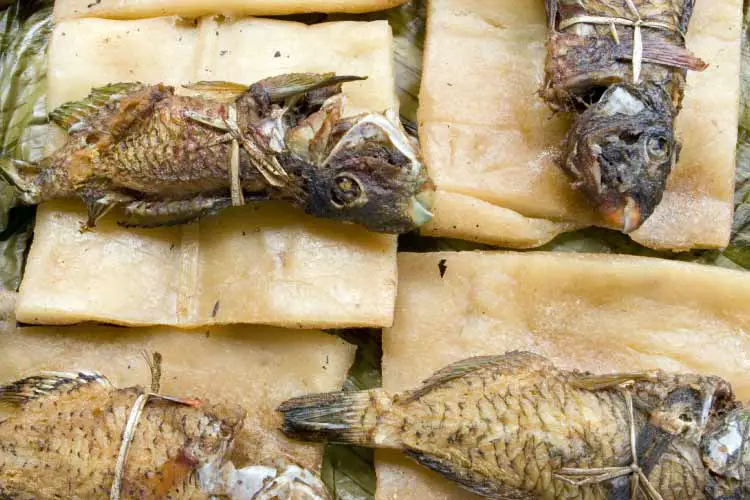
Wildlife in the South Pacific Islands
The huge number of coral reefs and atolls that make up the low islands of the South Pacific Islands are home to a hugely diverse number of sea critters. In fact, the region is widely renowned as a scuba diving paradise, and a number of tropical fish and crustaceans can be seen throughout the region. Also of note are the wide variety of colourful birds. From an evolutionary perspective, the wildlife of the South Pacific Islands has been largely isolated from genes from mainland animals. As a result, much of the wildlife on these islands have evolved different physical and genetic traits, making them very different than their mainland counterparts. For this reason, ecological and scientific tourism in the region has taken off in recent years.
